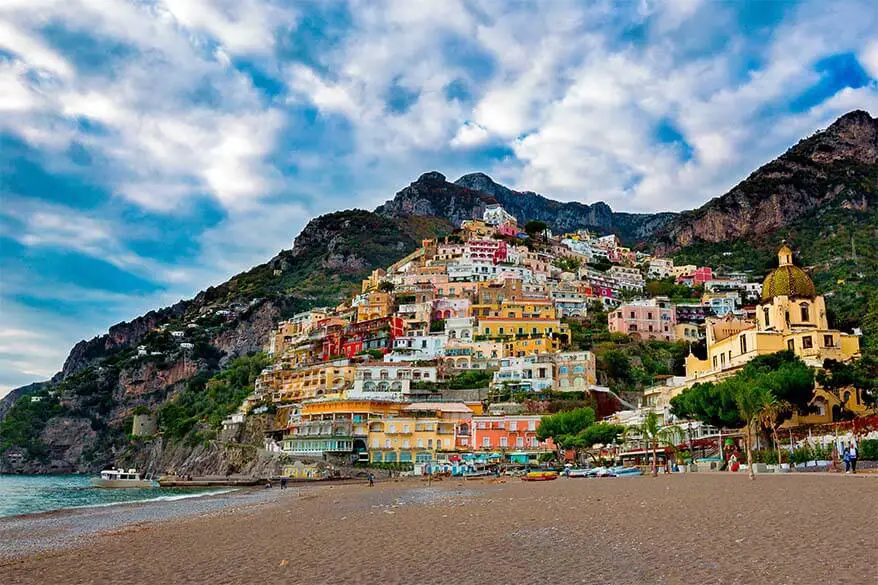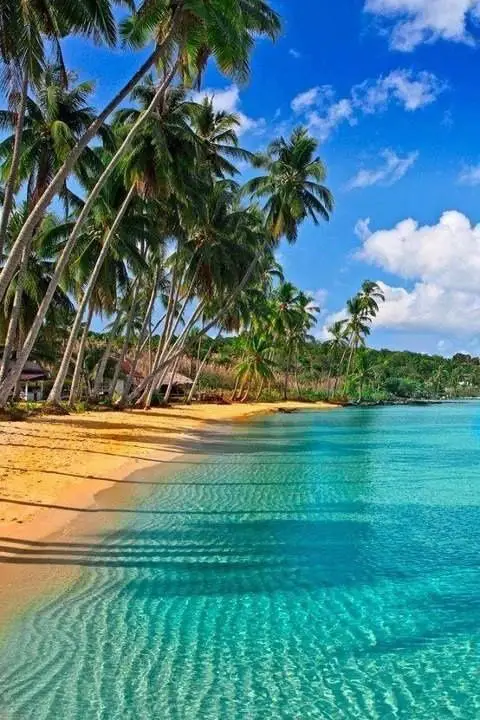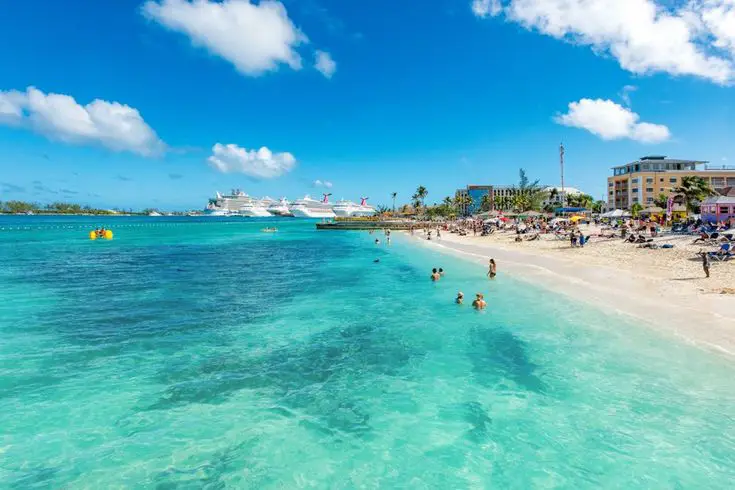The Amalfi Coast, located in southern Italy, is renowned for its breathtaking beauty, picturesque towns, and azure Mediterranean waters. This coastal paradise attracts travelers from around the world, offering a unique blend of history, culture, and natural splendor. In this comprehensive guide, we will take you on a virtual tour of the Amalfi Coast, highlighting the must-visit towns and hidden gems along the way. Prepare to be enchanted by this UNESCO World Heritage site’s charm and discover the best places to explore with our helpful map.
Section 1: Welcome to the Amalfi Coast
1.1 Introduction to the Amalfi Coast:
The Amalfi Coast stretches along the Sorrentine Peninsula in southern Italy, covering approximately 50 kilometers of stunning coastline. Its rugged cliffs, colorful fishing villages, and vibrant landscapes make it one of the most captivating destinations in the Mediterranean.
1.2 UNESCO World Heritage Site:
In recognition of its outstanding natural beauty and historical significance, the Amalfi Coast was designated as a UNESCO World Heritage site in 1997. This prestigious status highlights the area’s cultural and environmental importance.
1.3 Best Time to Visit:
The Amalfi Coast is a year-round destination, but the best time to visit is during the spring (April to June) and fall (September to October) seasons when the weather is pleasant, and the crowds are relatively smaller.
Section 2: Exploring the Towns of the Amalfi Coast
The Amalfi Coast is dotted with several charming towns, each offering its unique attractions and character. Let’s explore some of the most popular ones:
2.1 Amalfi:
The town of Amalfi, after which the entire coast is named, boasts a rich maritime history and enchanting medieval architecture. Visit the stunning Amalfi Cathedral, explore the narrow streets of the historic center, and relax in the Piazza del Duomo.
2.2 Positano:
Positano is famous for its colorful cliffside houses, elegant boutiques, and panoramic views. Don’t miss the iconic Spiaggia Grande, the main beach, and take a stroll along the pedestrian-only streets of Via Cristoforo Colombo.
2.3 Ravello:
Perched high above the coastline, Ravello offers breathtaking vistas and a peaceful ambiance. Visit the Villa Rufolo and Villa Cimbrone gardens, which have inspired countless artists and musicians throughout history.
2.4 Sorrento:
Although technically not part of the Amalfi Coast, Sorrento is often considered the gateway to the region. This charming town offers a mix of historical sites, lively squares, and easy access to nearby attractions such as Capri and Pompeii.
2.5 Praiano:
Nestled between Positano and Amalfi, Praiano offers stunning coastal views and a tranquil atmosphere. Explore its medieval Church of San Luca Evangelista, enjoy the pristine beaches, and savor the local seafood delicacies.
2.6 Atrani:
With its charming maze-like alleys and vibrant beachfront, Atrani is often considered one of Italy’s most beautiful villages. Stroll through the Piazza Umberto I, visit the Church of San Salvatore de’ Bireto, and soak up the laid-back atmosphere.
2.7 Minori:
Less crowded than its neighboring towns, Minori is known for its Roman Villa and its pleasant seaside promenade. Discover the flavors of the Amalfi Coast with a visit to the traditional pastry shops and indulge in the local specialty, “sfogliatella.”
2.8 Vietri sul Mare:
Situated at the eastern end of the Amalfi Coast, Vietri sul Mare is renowned for its vibrant ceramics industry. Explore the colorful ceramics shops, visit the Church of St. John the Baptist, and enjoy a leisurely walk along its scenic waterfront.
Section 3: Hidden Gems and Off-the-Beaten-Path Destinations
Beyond the well-known towns, the Amalfi Coast is home to some hidden gems that offer a quieter and more authentic experience. Let’s uncover a few of these lesser-known destinations:
3.1 Furore:
Tucked away between Amalfi and Positano, Furore is a hidden gem known for its dramatic fjord-like beach and picturesque village. Explore the enchanting Furore Fjord, visit the charming Church of Sant’Elia, and indulge in the local wine at one of the vineyards.
3.2 Conca dei Marini:
Located between Amalfi and Praiano, Conca dei Marini is a tranquil village with a unique attraction: the stunning Emerald Grotto (Grotta dello Smeraldo). Take a boat tour to explore this magical cave with its emerald-colored waters and impressive stalactites.
3.3 Cetara:
A quaint fishing village on the coast, Cetara is known for its vibrant fishing traditions and delicious anchovies. Stroll along the picturesque harbor, visit the Church of San Pietro, and savor the local gastronomy at one of the traditional restaurants.
3.4 Scala:
Situated above Amalfi, Scala is one of the oldest towns in the region and offers a glimpse into the Amalfi Coast’s rich history. Explore its medieval streets, visit the Duomo di Scala, and enjoy panoramic views from the scenic Belvedere della Rotonda.
Section 4: Amalfi Coast Map and Transportation
To help you navigate the Amalfi Coast more effectively, here is a map highlighting the main towns and transportation options:
[Include a detailed map of the Amalfi Coast, highlighting the towns mentioned in the guide, major roads, and transportation connections.]
4.1 Getting to the Amalfi Coast:
The most convenient airports for accessing the Amalfi Coast are Naples International Airport (NAP) and Rome Fiumicino Airport (FCO). From there, you can reach the coast by train, bus, or private transfer.
4.2 Transportation along the Coast:
The Amalfi Coast is well-connected by public transportation, including buses and ferries. Buses offer a scenic way to travel between towns, while ferries provide a unique perspective from the sea. Alternatively, renting a car allows for more flexibility in exploring the region.
4.3 Hiking the Path of the Gods:
For outdoor enthusiasts, the Path of the Gods (Sentiero degli Dei) offers a memorable hiking experience with breathtaking views. This trail stretches between Positano and Agerola, providing an opportunity to immerse yourself in the Amalfi Coast’s natural beauty.
Certainly! Here are 10 frequently asked questions (FAQs) about the Amalfi Coast guide:
1. Q: What is the best time to visit the Amalfi Coast? A: The best time to visit the Amalfi Coast is during the spring (April to June) and fall (September to October) seasons when the weather is pleasant and the crowds are relatively smaller.
2. Q: How do I get to the Amalfi Coast? A: The most convenient airports for accessing the Amalfi Coast are Naples International Airport (NAP) and Rome Fiumicino Airport (FCO). From there, you can reach the coast by train, bus, or private transfer.
3. Q: Which are the must-visit towns on the Amalfi Coast? A: Some of the must-visit towns on the Amalfi Coast include Amalfi, Positano, Ravello, and Sorrento. Each town offers its unique charm and attractions.
4. Q: Are there hidden gems or off-the-beaten-path destinations on the Amalfi Coast? A: Yes, there are hidden gems on the Amalfi Coast. Some lesser-known destinations include Furore, Conca dei Marini, Cetara, and Scala, which offer a quieter and more authentic experience.
5. Q: How can I navigate between towns on the Amalfi Coast? A: The Amalfi Coast is well-connected by public transportation, including buses and ferries. Buses offer a scenic way to travel between towns, while ferries provide a unique perspective from the sea. Renting a car is also an option for more flexibility.
6. Q: Is there a hiking trail on the Amalfi Coast? A: Yes, the Path of the Gods (Sentiero degli Dei) is a popular hiking trail that stretches between Positano and Agerola. It offers breathtaking views of the coastline and is a great option for outdoor enthusiasts.
7. Q: Are there any UNESCO World Heritage sites on the Amalfi Coast? A: Yes, the entire Amalfi Coast is designated as a UNESCO World Heritage site. This recognition highlights the region’s outstanding natural beauty and historical significance.
8. Q: Are there any notable cultural events on the Amalfi Coast? A: The Amalfi Coast hosts various cultural events throughout the year. The Ravello Festival, held in the summer, is a renowned music festival that attracts international artists and musicians.
9. Q: Are there beaches on the Amalfi Coast? A: Yes, the Amalfi Coast has several beautiful beaches where you can relax and soak up the sun. Some popular beaches include Spiaggia Grande in Positano and the beaches in Amalfi and Maiori.
10. Q: Can I visit other nearby attractions from the Amalfi Coast? A: Yes, from the Amalfi Coast, you can easily visit nearby attractions such as the island of Capri, the ancient ruins of Pompeii, and the historic city of Naples. These make for excellent day trips from the coast.



